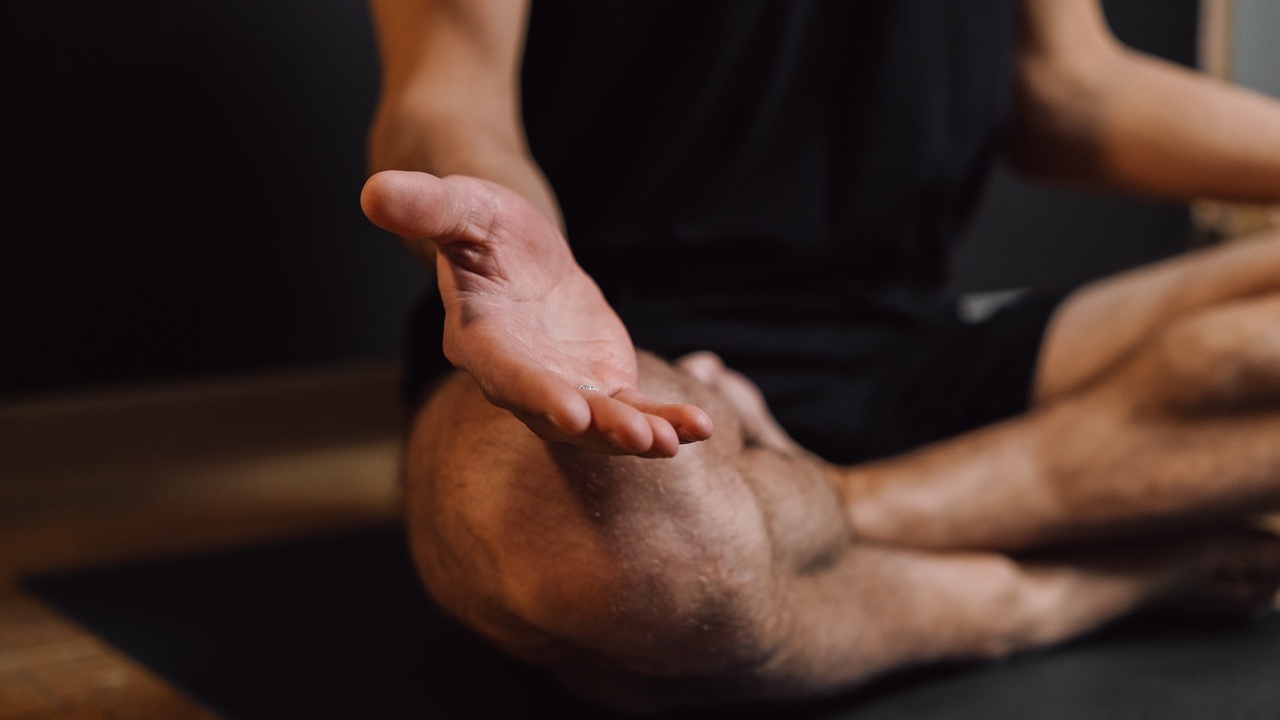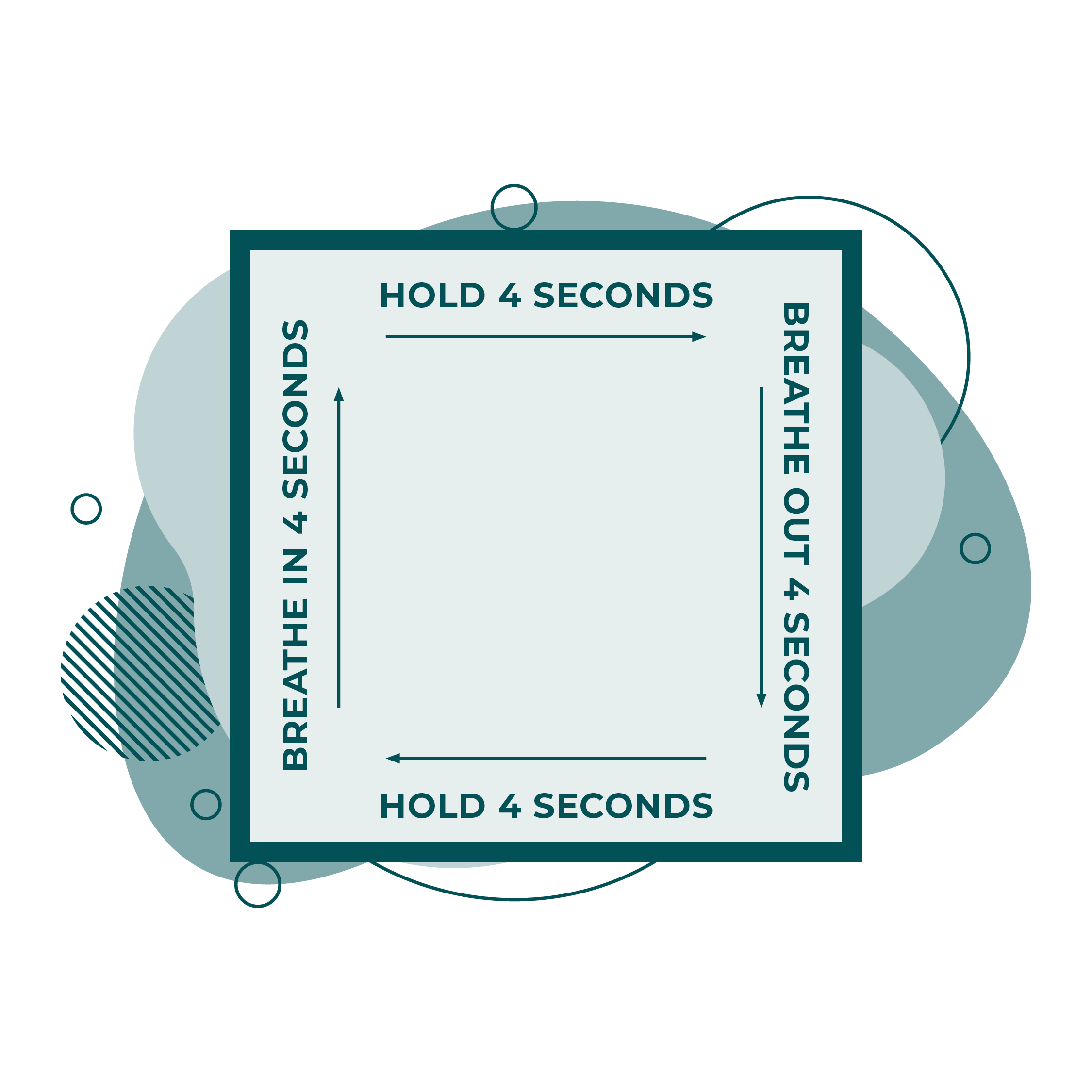
Your Secret Weapon to Curbing Unhelpful Thinking
Nov 12, 2022Ditch the doubt…the science doesn’t lie about the effectiveness of mindfulness!
Researchers have reviewed over 200 studies of mindfulness among individuals and found mindfulness is highly effective for reducing stress, anxiety and depression (APA, 2019). At the moment, with 1 in 5 Australians reportedly experiencing mental-ill health at one stage of their life, practicing mindfulness just makes sense. Even without experiencing mental-ill health, we all experience stress in some capacity throughout our lives.
Mindfulness is the art of using the mind to calm down the body and can be used as a tool to curb unhelpful thinking styles. When you get clear on your unhelpful thinking styles, this will allow you to also get clear on what’s holding you back. Mindfulness practice can assist in managing complacency, which could be ironic particularly if you are experiencing doubt about its effectiveness in the first place. Though, when we doubt something it shuts us off from the possibility of giving it a go. For our clients, doubt can show up in subtle ways and can get in the way of making change, especially in a therapeutic process. Doubt within the therapeutic space can show up in the form of cancelling appointments, stopping making appointments or doubting your therapist knows what they are talking about. This translates to doubting the process of change.
A common unhelpful thinking style is “all or nothing” thinking, you may know this as black-and-white thinking. This sounds like “I am good”, “I am bad”, “I used last night so I’ve failed my recovery”, or “I have tried to get help before, but nothing works”. When we experience thoughts like this, we cannot perceive a middle ground and instead live life at the extremes. In the extremes something is either happening or it is not.
The Box Breathing technique is a great place to start:

Box breathing is simply described as breathing in the manner that is shown in this diagram. This is helpful in order to slow your breathing and ease tension in a systematic way.
You are encouraged to work towards increasing the outward breath to the count of 8 seconds, as the research has found that the breath out is what assists in calming the nervous system.
In order to manage our thinking style, we really need to be present. Practicing Mindfulness regularly will allow you to cool down the mind which in turn cools down the body. On the flip side, we can do physical exercise and use the body to cool down the mind. When you regularly practice mindfulness, it is much easier to notice your styles of thinking and you can get clear on what this thinking does to impact different outcomes. When you have awareness and control of your thoughts, you can then tailor your thinking to interact with the world around you to achieve the best outcome for you.
With the collaboration of the clinical team, this post was written by Olivia Burns.
References
American Psychological Association. (2019, October 30). Mindfulness meditation: A research proven way to reduce stress. https://www.apa.org/topics/mindfulness/meditation
Mental Health Services in Australia: Mental health: Prevalence and impact. Australian Institute of Health and Welfare. (2022, November). Retrieved November 12, 2022, from https:// www.aihw.gov.au/reports/mental-health-services/mental-health

